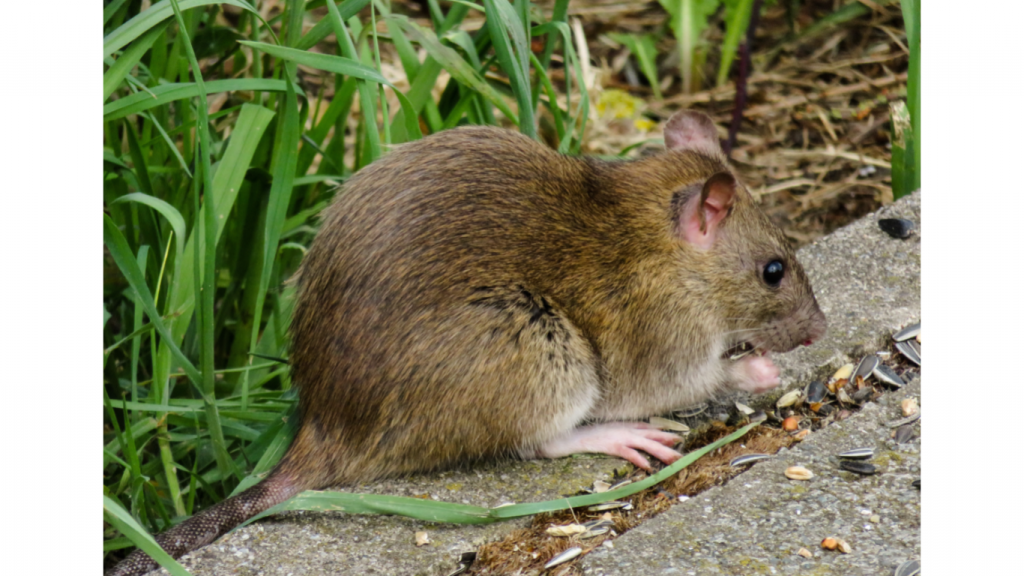Flies Pests

General Information
Flies have a mobile head, with a pair of large compound eyes, and mouthparts designed for piercing and sucking (mosquitoes, black flies and robber flies). Their wing arrangement gives them great maneuverability in flight, and claws and pads on their feet enable them to cling to smooth surfaces. Flies are one of the major insects and are of considerable ecological and human importance. They are important pollinators, second only to the bees and their Hymenopteran relatives. Flies may have been amongst the earliest pollinators responsible for early plant pollination.
Flies can be a serious risk to our health and have caused many deaths in the past. Flies carry disease and during the Spanish-American War, 5,000 soldiers died from typhoid, a disease spread by flies. Only 4,000 soldiers actually died in battle.
Average Lifecycle
The life cycle of a housefly begins in the egg stage. A female housefly is capable of laying up to 150 eggs in a batch and 500 eggs in her life. Over a period of a few days, she will produce five or six batches of eggs. Female houseflies favour damp, dark surfaces such as compost, manure and other decomposing organic material for egg laying. Within a day, house fly eggs hatch into larvae, also known as maggots. Maggots are legless, white insects that feed from the egg-laying site for three to five days. During this time, maggots molt several times. They then choose a dark place to pupate. Houseflies pass through four distinct stages: egg, larva, pupa and adult. The life expectancy of a housefly is generally 15 to 30 days and depends upon temperature and living conditions. Flies dwelling in warm homes and laboratories develop faster and live longer than their counterparts in the wild.
Quick Facts
Flies (House/Green bottle Fly)
Type: Insect
Diet: Liquid or semi-liquid substances
Size: Adults range in length from 8–12 millimetres
Habitat Range: World Wide
Scientific name: Musca domestica
FUN FACT
• Over 100,000 species of flies live on earth.
• House flies taste with their feet.
• Flies don’t have teeth. Instead, they have a long tongue called a proboscis, which sucks up food like a straw.
• Some flies drink nectar or blood.
• House flies like the food we eat.
• When a fly lands on your lunch, it vomits on the food. Acids in the vomit dissolve the food so the fly can suck it up.
TREATMENT
A customised treatment plan is required depending on the fly species and situation.
Give us a call: 0208 914 8285







